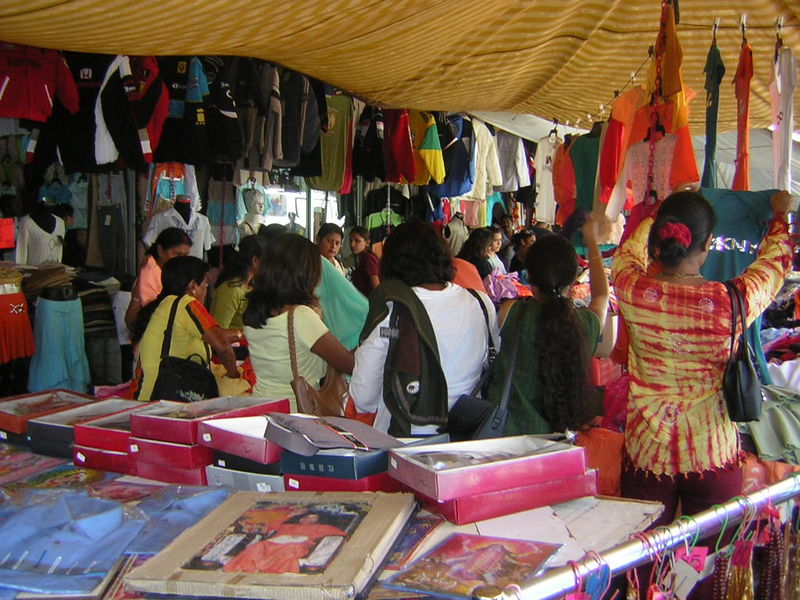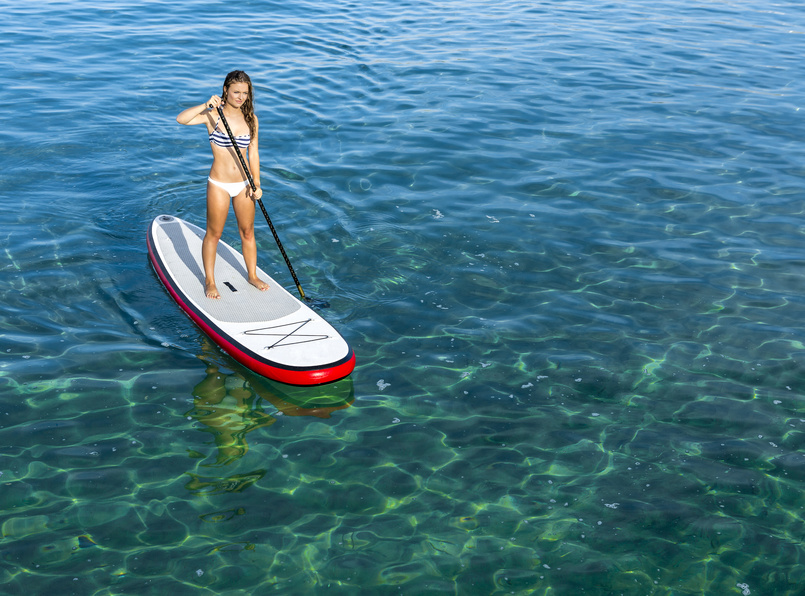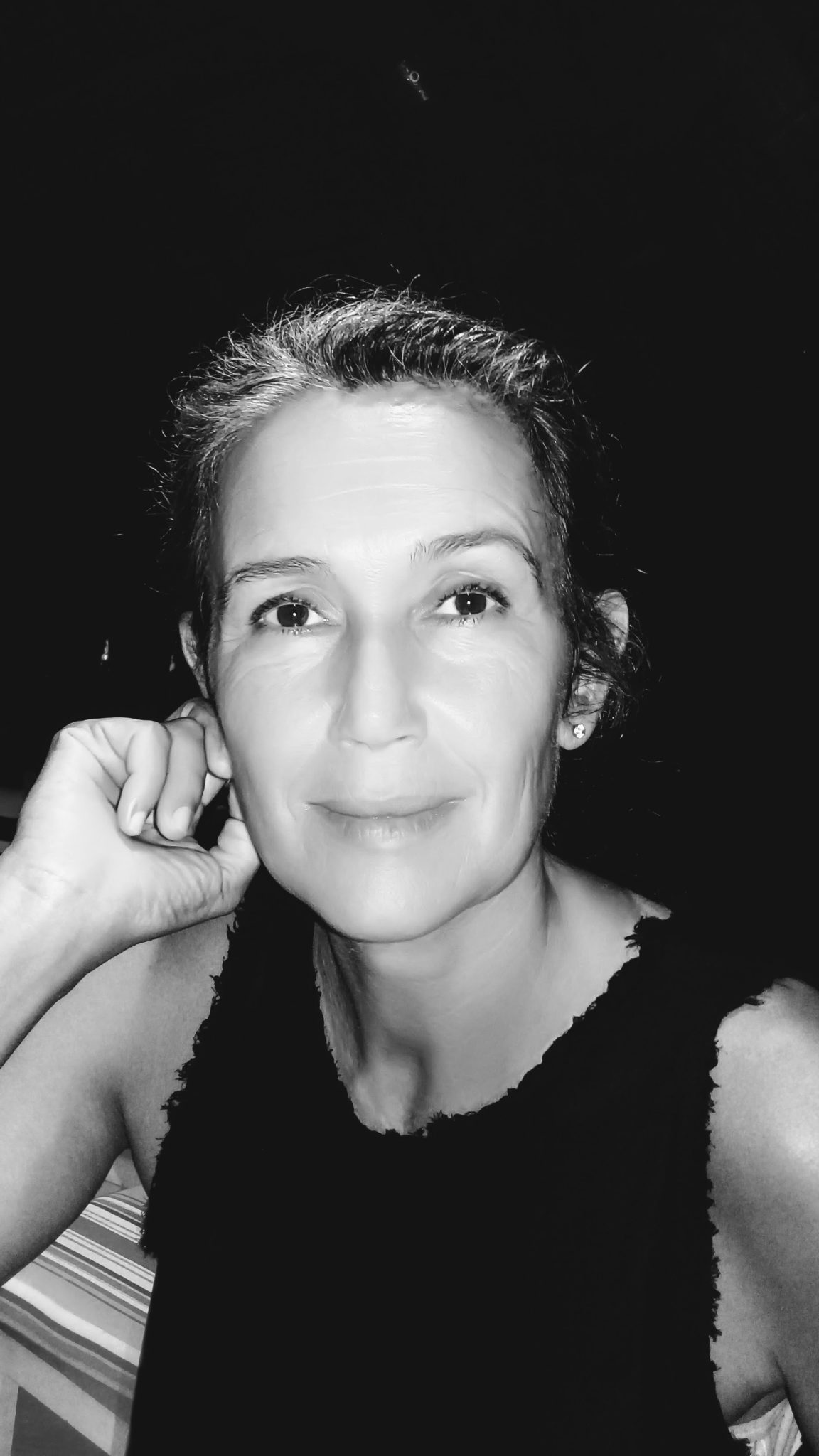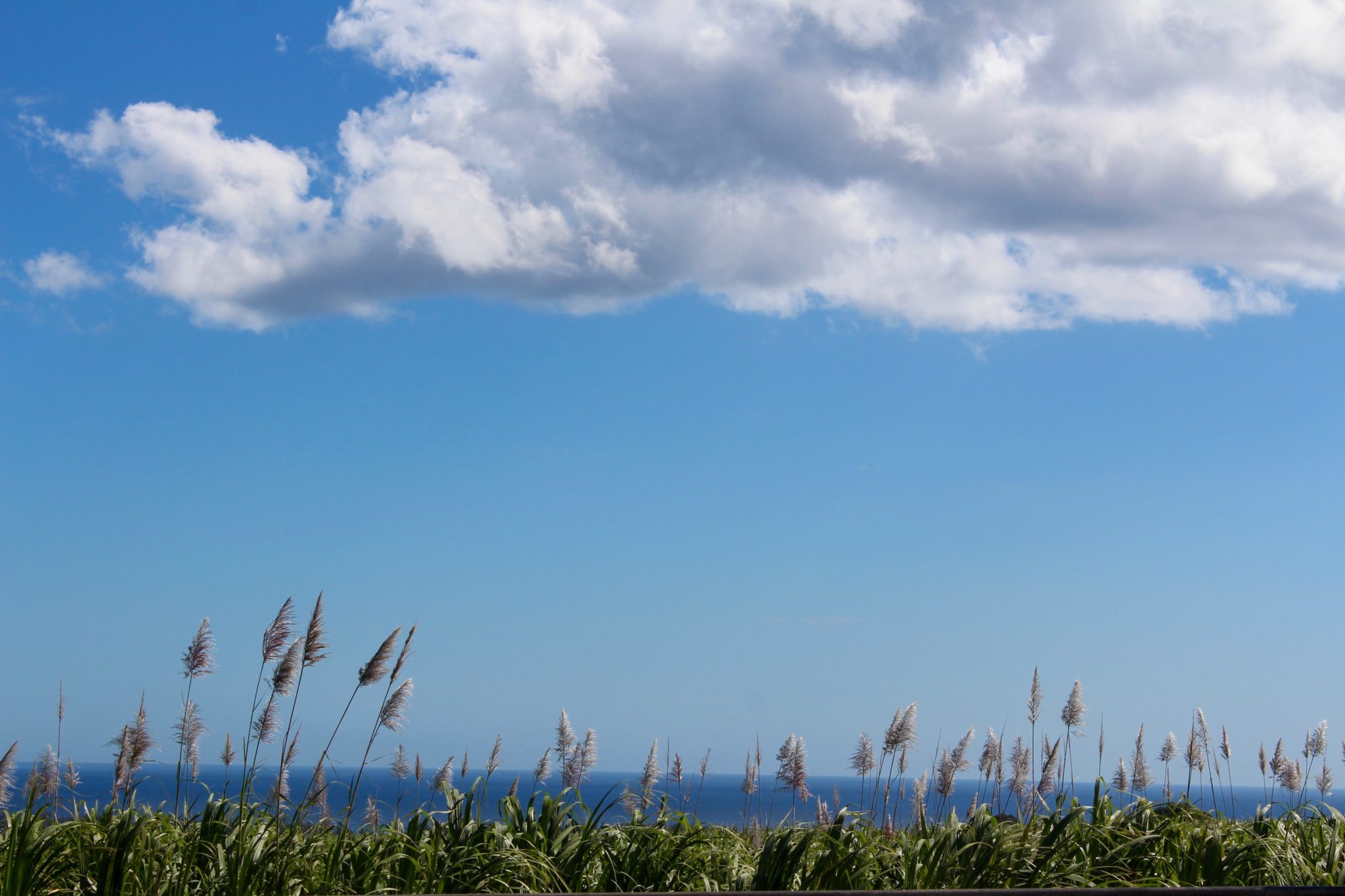Quatre-Bornes market fair
Quatre-Bornes market fair A must-see during your holidays in Mauritius: the fair of Quatre-Bornes is a picturesque, merry market place in the nearby city, where you can appreciate the variety of lined stalls. But do not take our word for it, take a look for yourself. It is a little over 24 km’s away, 20 minutes by car or 45 minutes by bus if you wish to experience full immersion into the Mauritian culture. Twice per week, on Thursday and Sunday mornings, the merchants propose various articles, including a vast majority of clothing manufactured in Mauritius, but also products from the craft industry, fabrics, accessories, shoes, objects of worship… What differentiates this fair from the other traditional places of shopping is that it has always been intended for Mauritian shoppers, but that visitors to the island quickly understood the interest of going there for purchase memories. Advantages being that the prices are reasonable and the merchants are always open to bargaining. Moreover, this practice is highly recommended in order not to be held in disdain by the traders. In winter, people rush to buy sweaters and fleece clothing. In summer, tee-shirts and shorts flood with bright colours the dark aisles full of hustling people. One can hear Reunion Island Creole, Russian, Chinese or English in all the aisles but at the time of settling transactions, everybody understands each other. After your shopping, taste the excellent “gato-piment” and “samosas” in front of the market fair and end your snacking time with a “gato arouille” laced with hot sauce: they are cooked right before your eyes. Photo credit : voyage-ile-maurice.info



